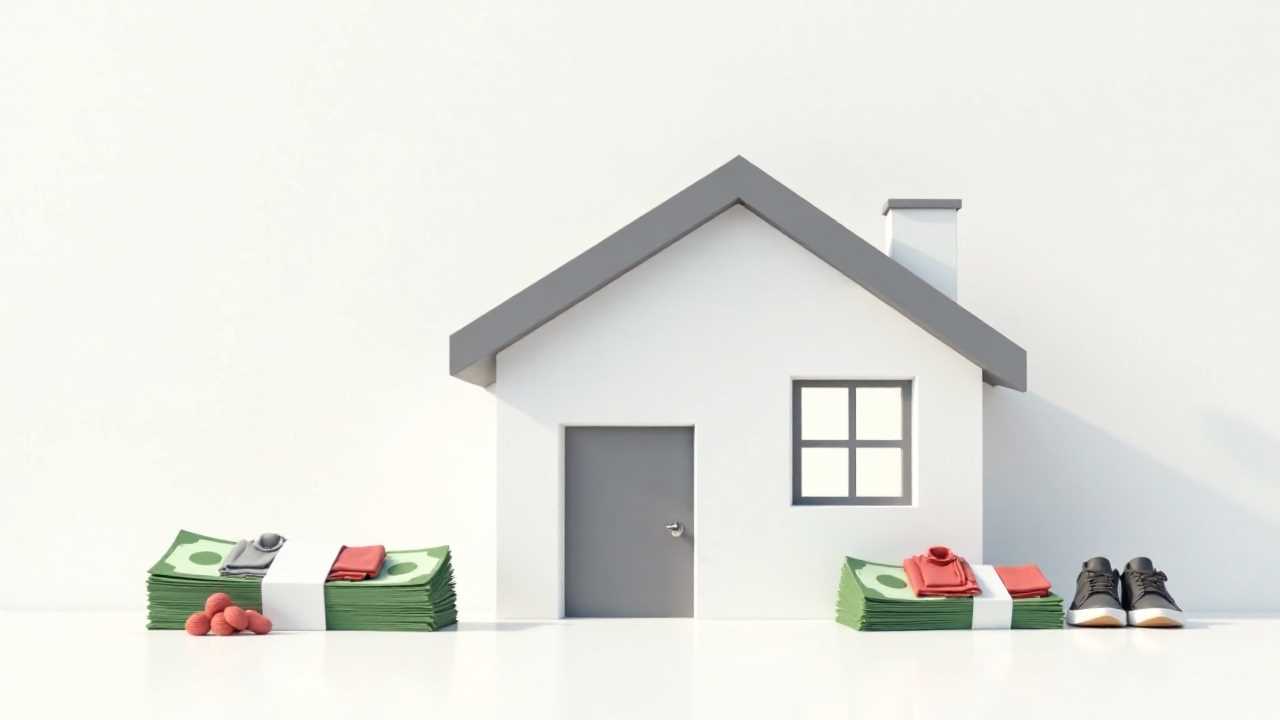
Understanding Tiny House Living and Its Financial Benefits
Tiny house living is more than just a trend; it represents a lifestyle choice that aligns with the principles of minimalism. By embracing this way of life, individuals can significantly reduce their financial burdens while enjoying the freedom that comes with living simply. The concept revolves around downsizing one's living space, which often leads to lower expenses in terms of rent or mortgage payments, utilities, and maintenance costs. This shift allows for a more intentional approach to spending, paving the way for a debt-free existence.
The Core Principles of Minimalism in Tiny House Living
Minimalism encourages us to focus on what truly matters. In the context of tiny house living, this means prioritizing essential items and experiences over material possessions. By adopting a minimalist mindset, we can streamline our lives, reduce clutter, and ultimately save money. This philosophy not only enhances our living environment but also influences our financial decisions. We become more mindful of our purchases, leading to better budgeting practices and increased savings.
Effective Budgeting Strategies for Tiny House Living
Budgeting is a critical component of achieving financial freedom, especially in the realm of tiny house living. We recommend starting with a detailed budget that outlines all income sources and expenses. This will help identify areas where we can cut costs. Here are some effective budgeting strategies to consider:
1. Track Your Expenses: Keep a record of every expense, no matter how small. This will provide insight into spending habits and highlight areas for improvement.
2. Set Financial Goals: Define short-term and long-term financial goals. Whether it’s saving for a vacation or paying off debt, having clear objectives can motivate us to stick to our budget.
3. Prioritize Needs Over Wants: Differentiate between essential expenses and discretionary spending. This helps in making informed decisions about where to allocate funds.
4. Utilize Budgeting Tools: Consider using apps or spreadsheets to manage finances. These tools can simplify the budgeting process and provide a visual representation of our financial health.
Maximizing Savings Through Tiny House Living
Living in a tiny house naturally leads to lower living costs, which can translate into significant savings over time. Here are some practical tips to maximize savings:
1. Reduce Utility Bills: Smaller spaces typically require less energy for heating and cooling. Implementing energy-efficient appliances and practices can further reduce utility costs.
2. Embrace DIY Projects: Many tiny house enthusiasts take on DIY projects to customize their homes. Not only does this save money, but it also adds a personal touch to the living space.
3. Opt for Sustainable Living: Incorporating sustainable practices, such as growing your own food or utilizing rainwater harvesting systems, can lead to substantial savings in the long run.
4. Limit Subscription Services: Evaluate recurring subscriptions and eliminate those that are not essential. This simple step can free up additional funds for savings or investments.
Investing Wisely in a Tiny House Lifestyle
Investing in a tiny house can be a smart financial move, especially when considering the long-term benefits. Here are some investment strategies to consider:
1. Research Location: The location of your tiny house can significantly impact its value. Investing in areas with high demand for tiny homes can yield better returns.
2. Consider Renting: If you own a tiny house, consider renting it out when not in use. This can generate passive income and help cover mortgage or maintenance costs.
3. Invest in Quality Materials: When building or renovating a tiny house, prioritize quality over quantity. Investing in durable materials can save money on repairs and replacements in the future.
4. Stay Informed: Keep up with market trends related to tiny homes. Understanding the real estate landscape can help us make informed decisions about buying, selling, or renting.
Achieving a Debt-Free Lifestyle Through Tiny House Living
One of the most appealing aspects of tiny house living is the potential to achieve a debt-free lifestyle. By minimizing expenses and maximizing savings, we can work towards eliminating debt. Here are some actionable steps to consider:
1. Create a Debt Repayment Plan: If debt exists, outline a repayment plan that prioritizes high-interest debts first. This will help reduce the overall financial burden.
2. Live Within Your Means: Embrace the minimalist lifestyle by avoiding lifestyle inflation. As income increases, resist the urge to increase spending.
3. Focus on Emergency Savings: Building an emergency fund can prevent the need for credit in unexpected situations. Aim to save at least three to six months' worth of living expenses.
4. Seek Financial Education: Continuously educate ourselves about personal finance. Understanding concepts like compound interest, investment strategies, and financial planning can empower us to make better financial decisions.
Embracing a New Lifestyle
Tiny house living offers a unique opportunity to master finances while embracing a minimalist lifestyle. By implementing effective budgeting strategies, maximizing savings, and making informed investment choices, we can pave the way for a debt-free future. This lifestyle not only enhances our financial well-being but also enriches our lives by allowing us to focus on what truly matters. As we embark on this journey, let us remember that the path to financial freedom is not just about the size of our homes, but the quality of our lives.
 Network marketingWork from home jobsEntrepreneurshipAffiliate marketingFinancial freedomPrivacy PolicyTerms And Conditions
Network marketingWork from home jobsEntrepreneurshipAffiliate marketingFinancial freedomPrivacy PolicyTerms And Conditions
